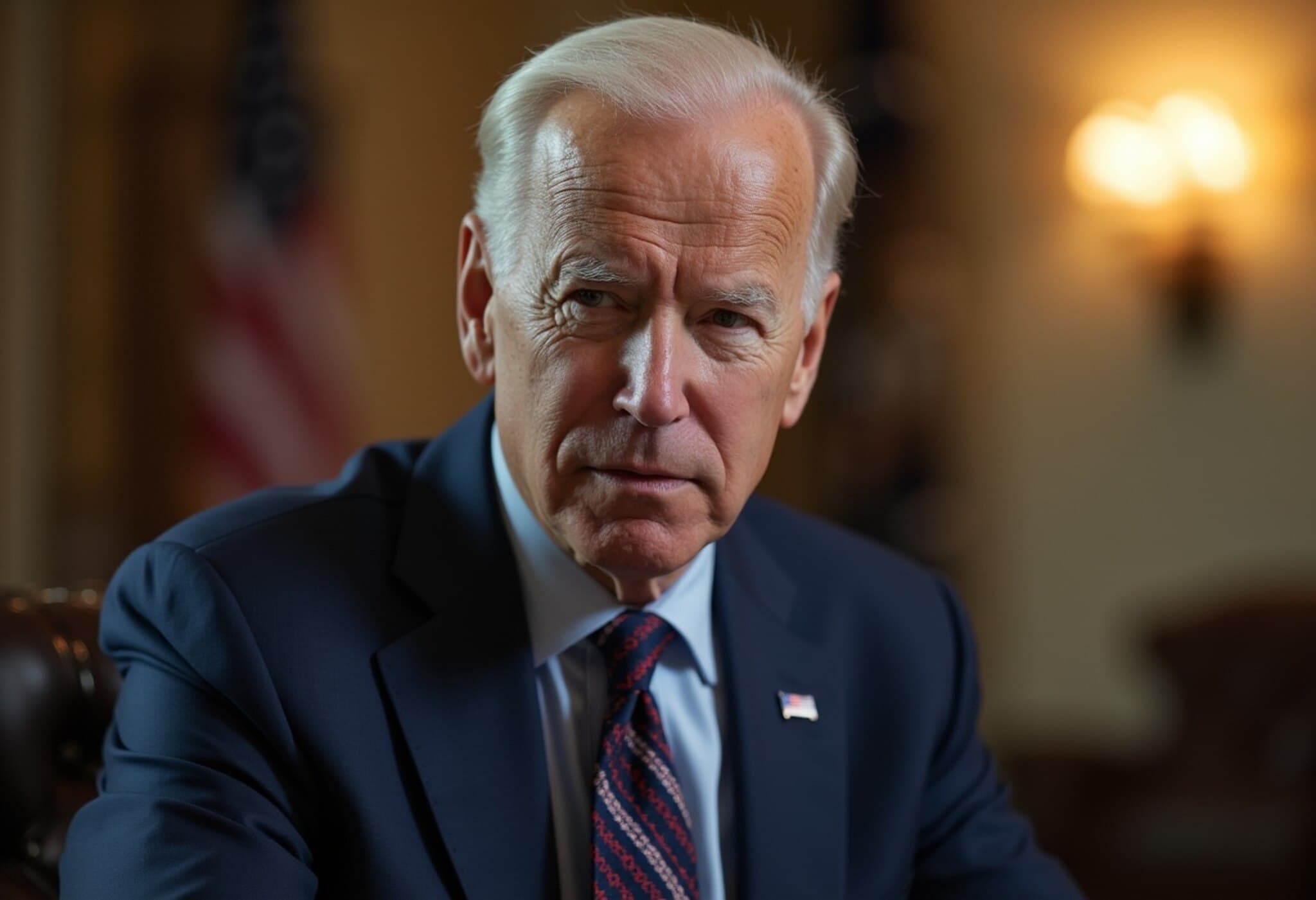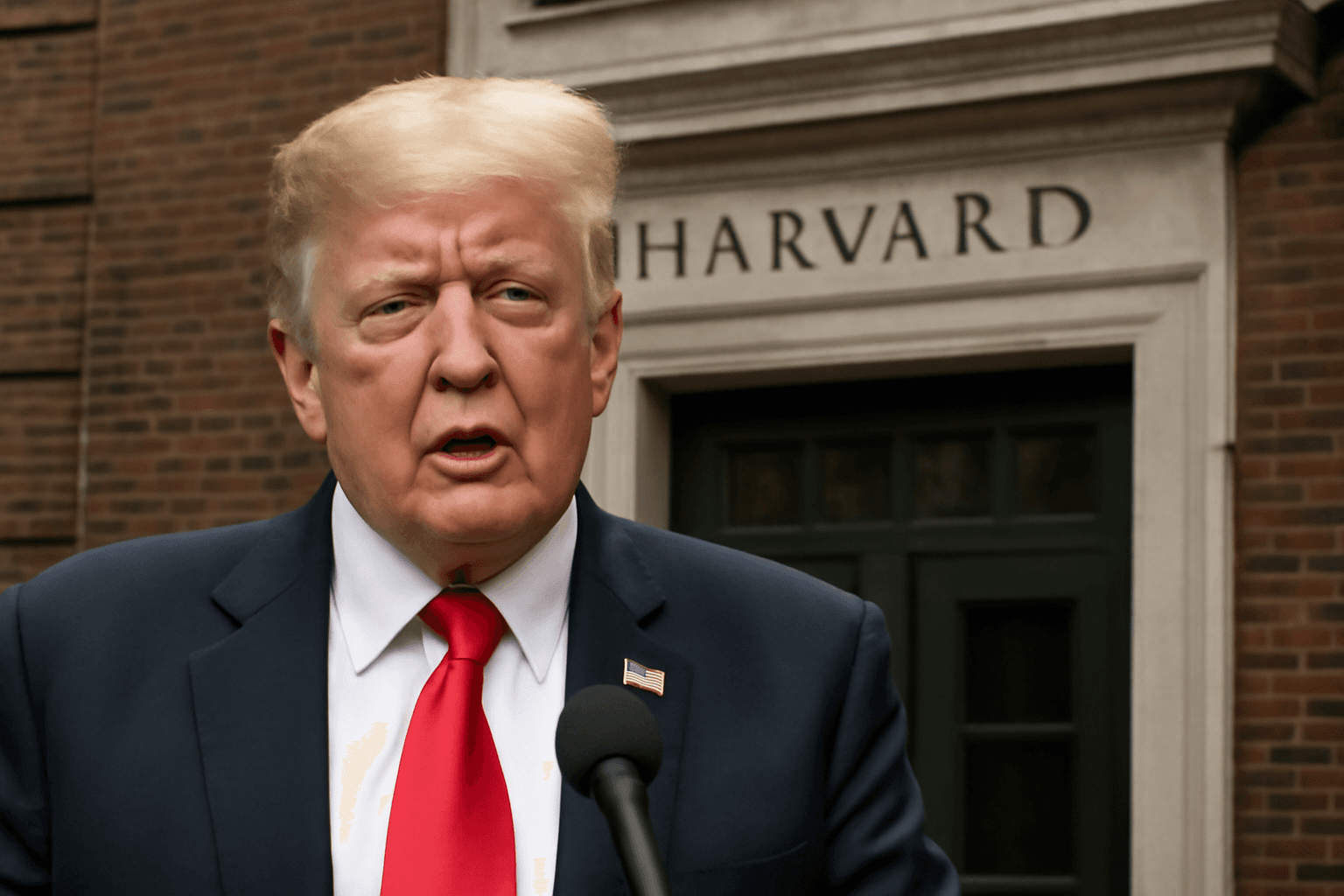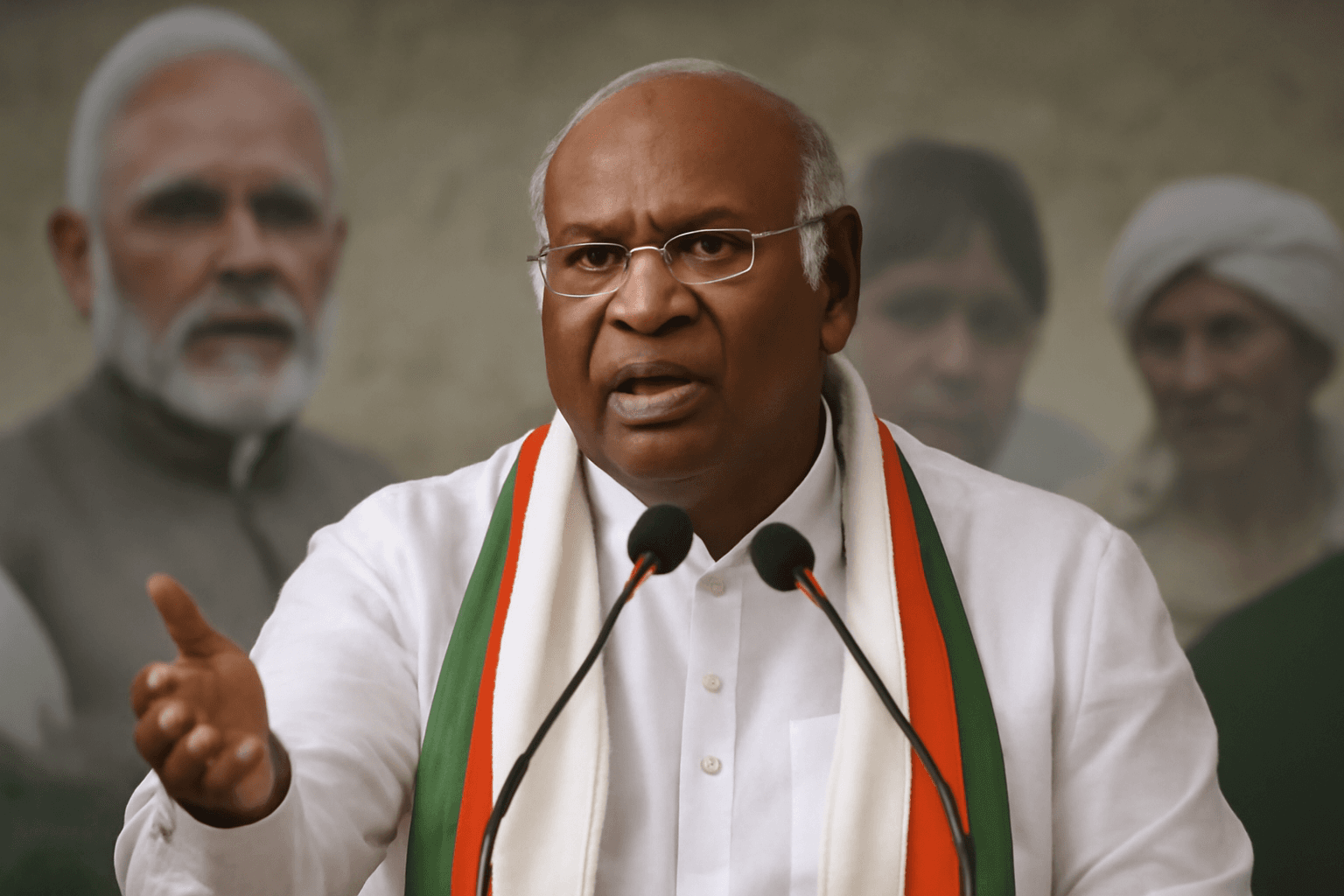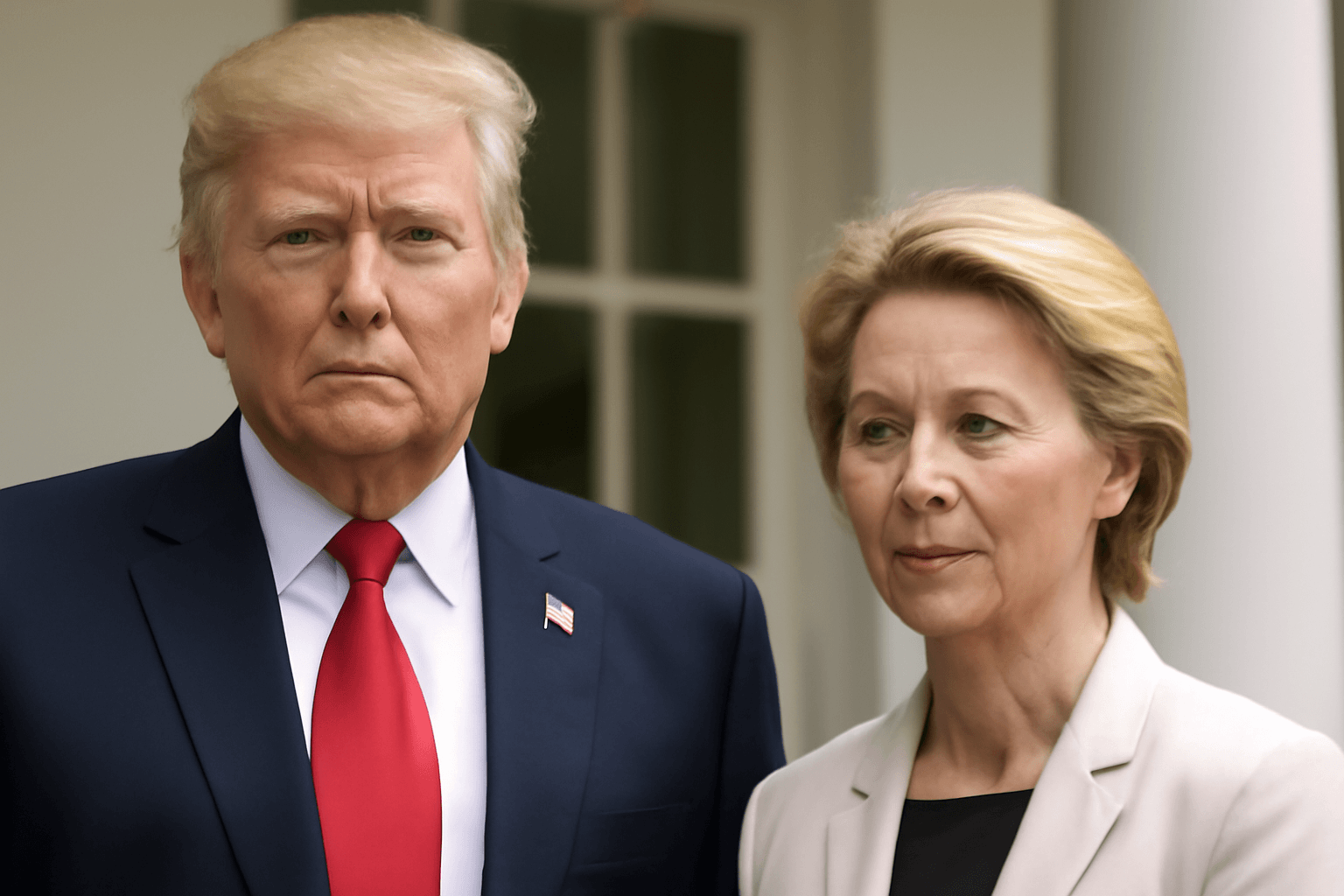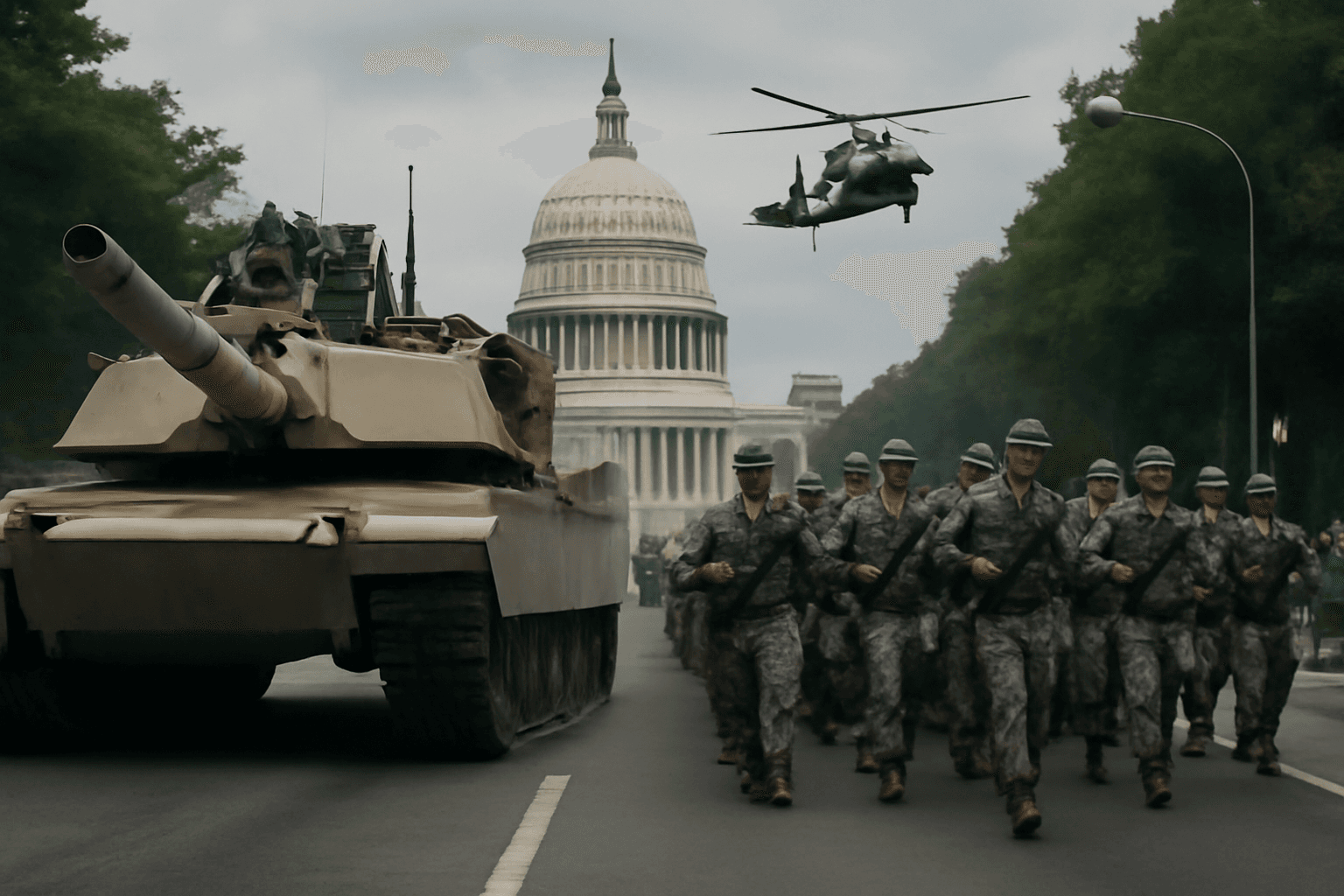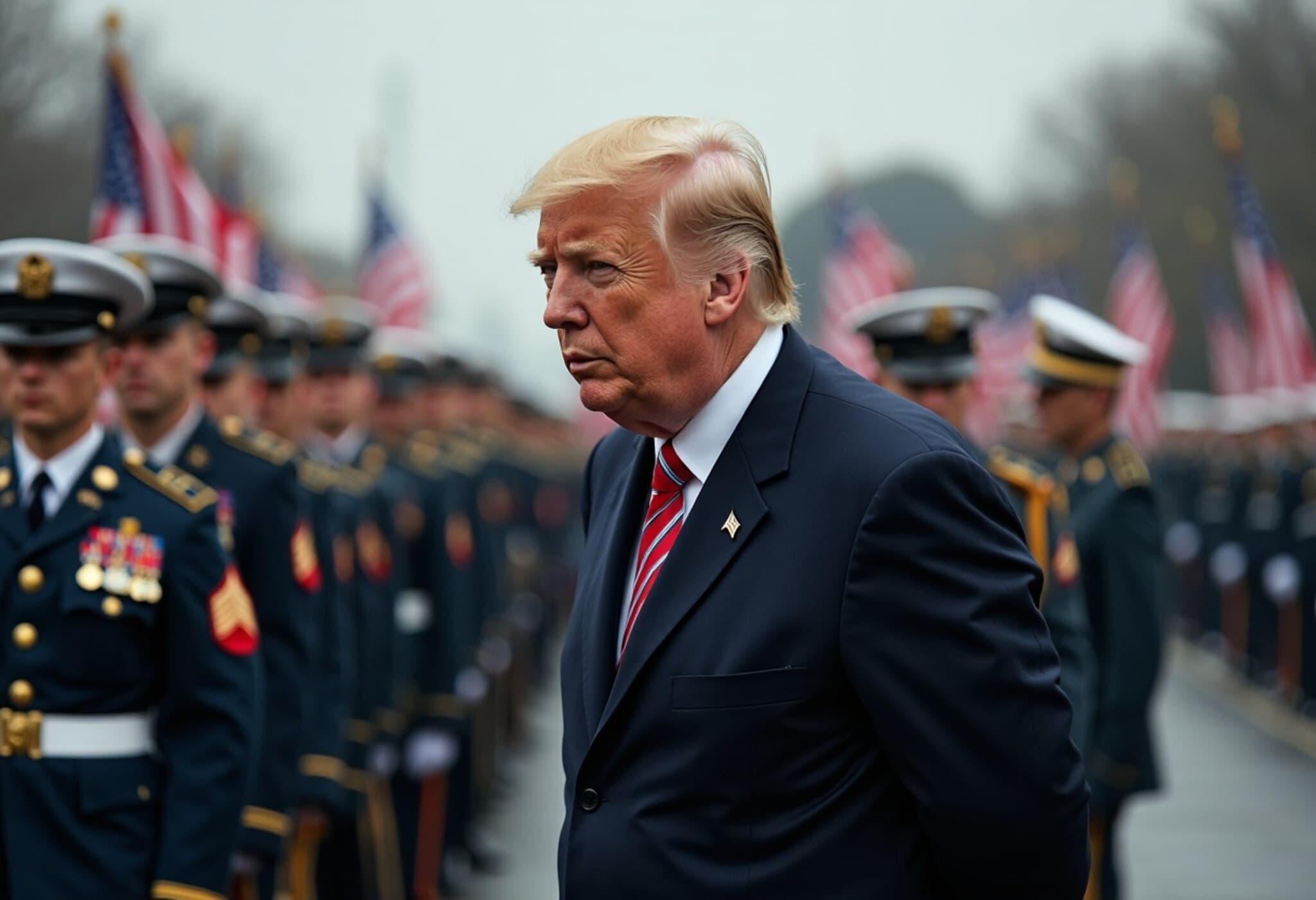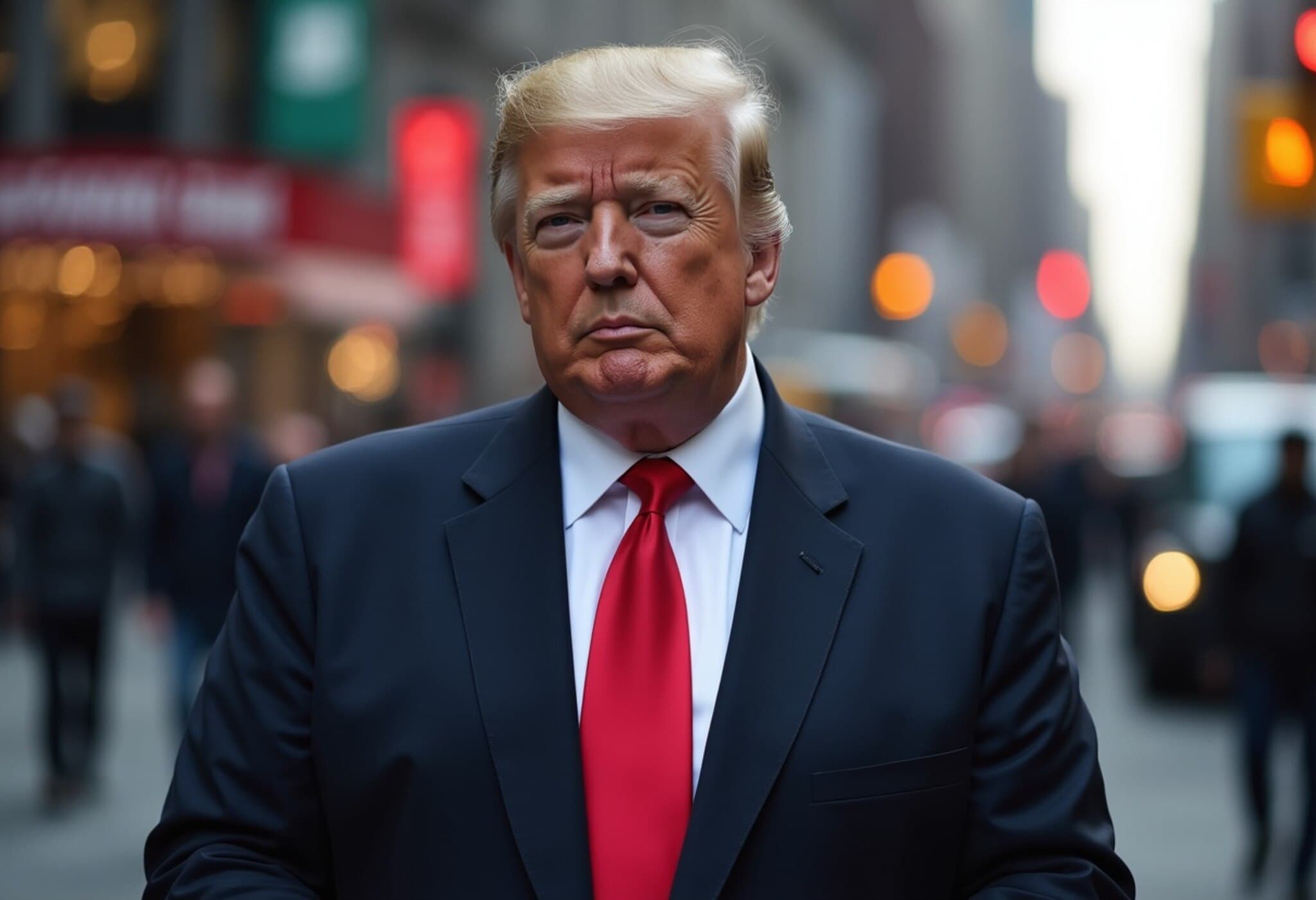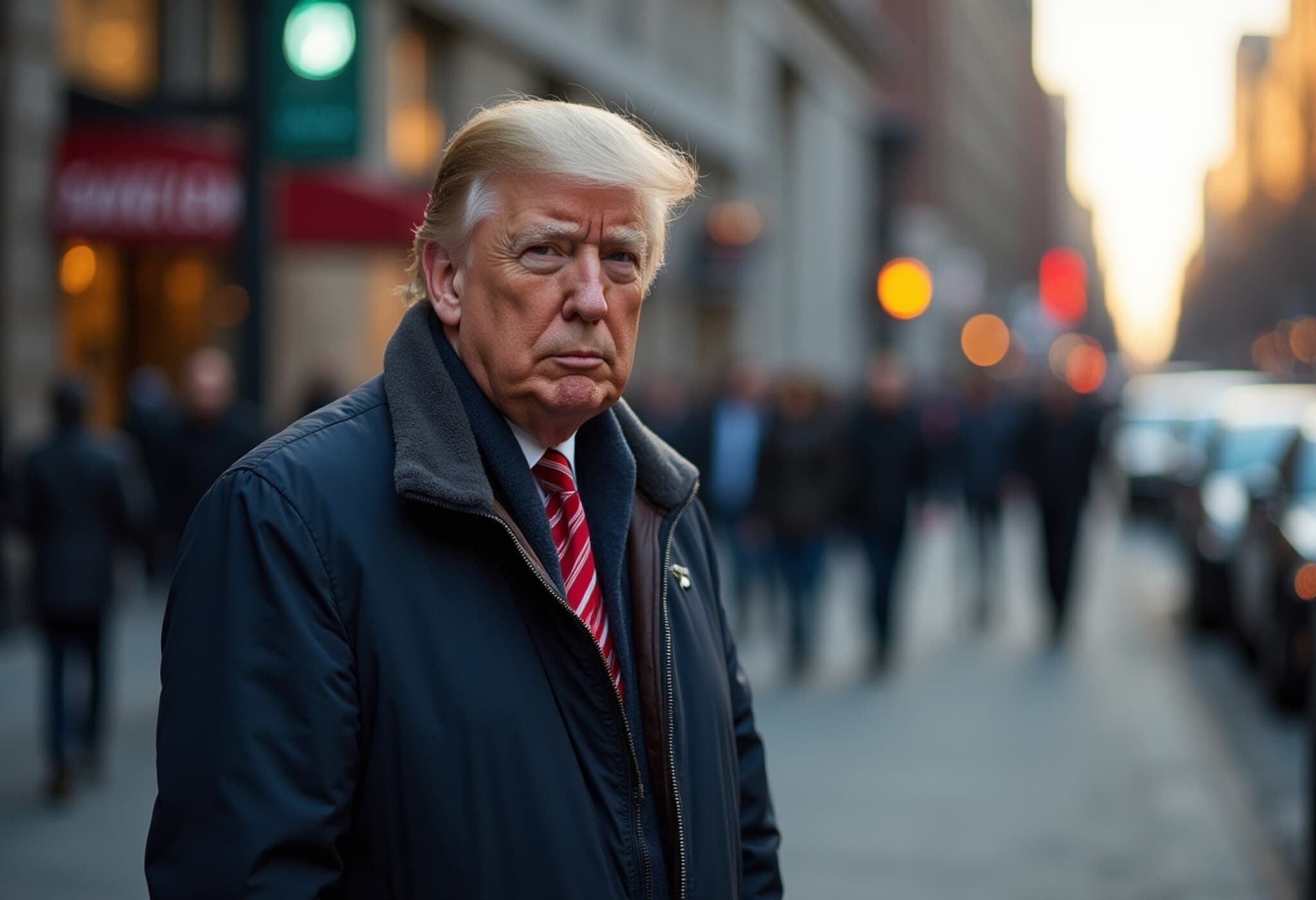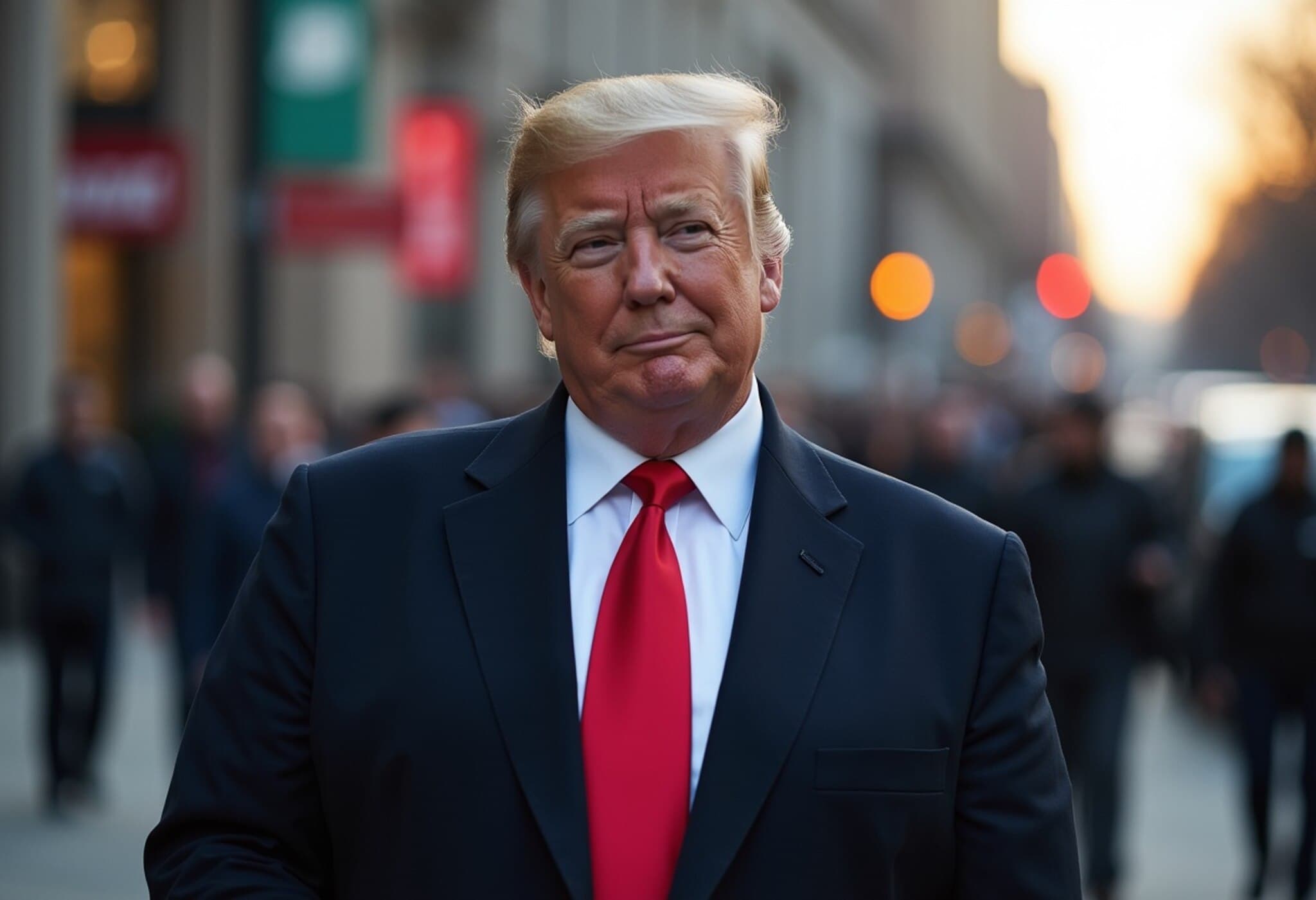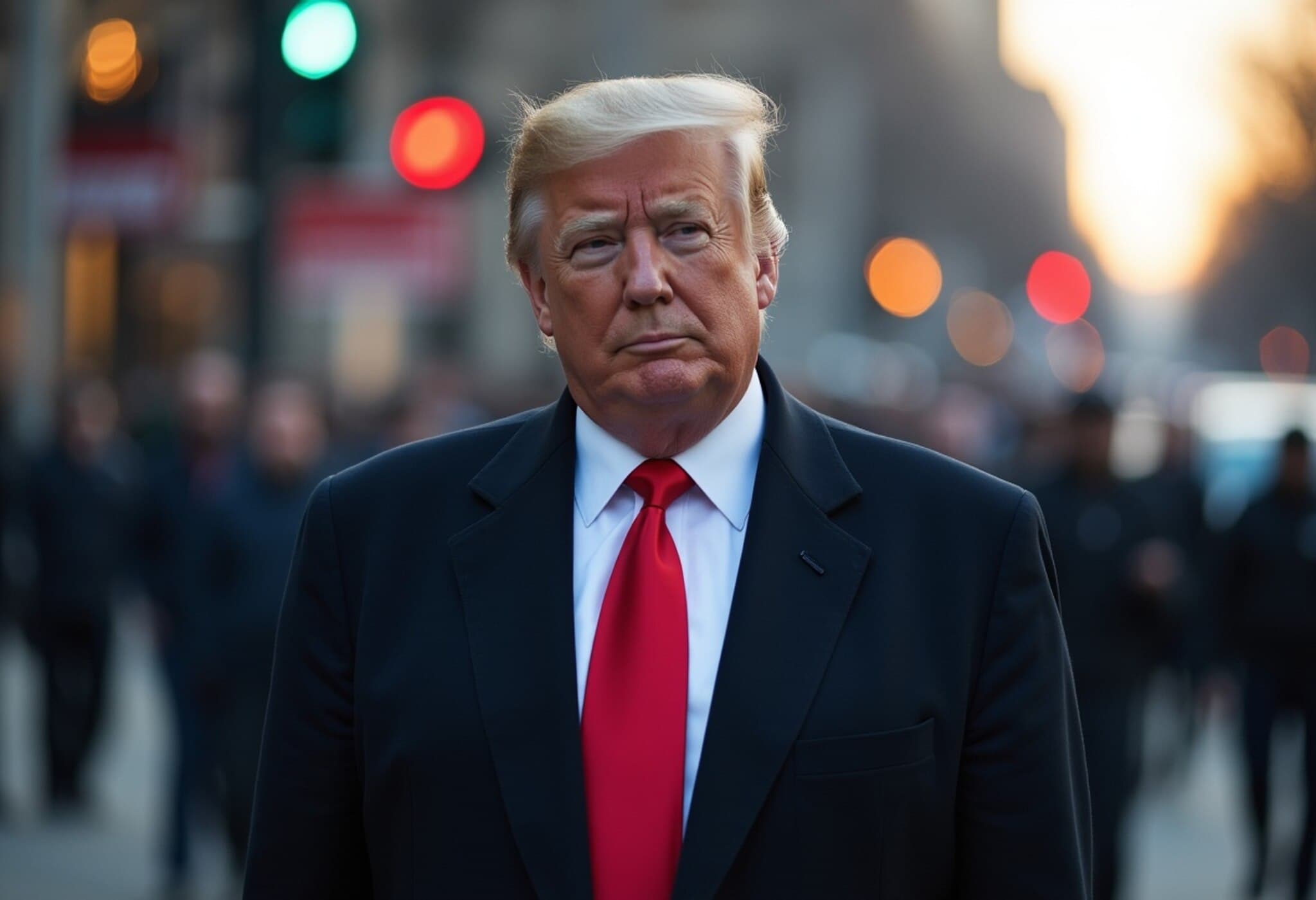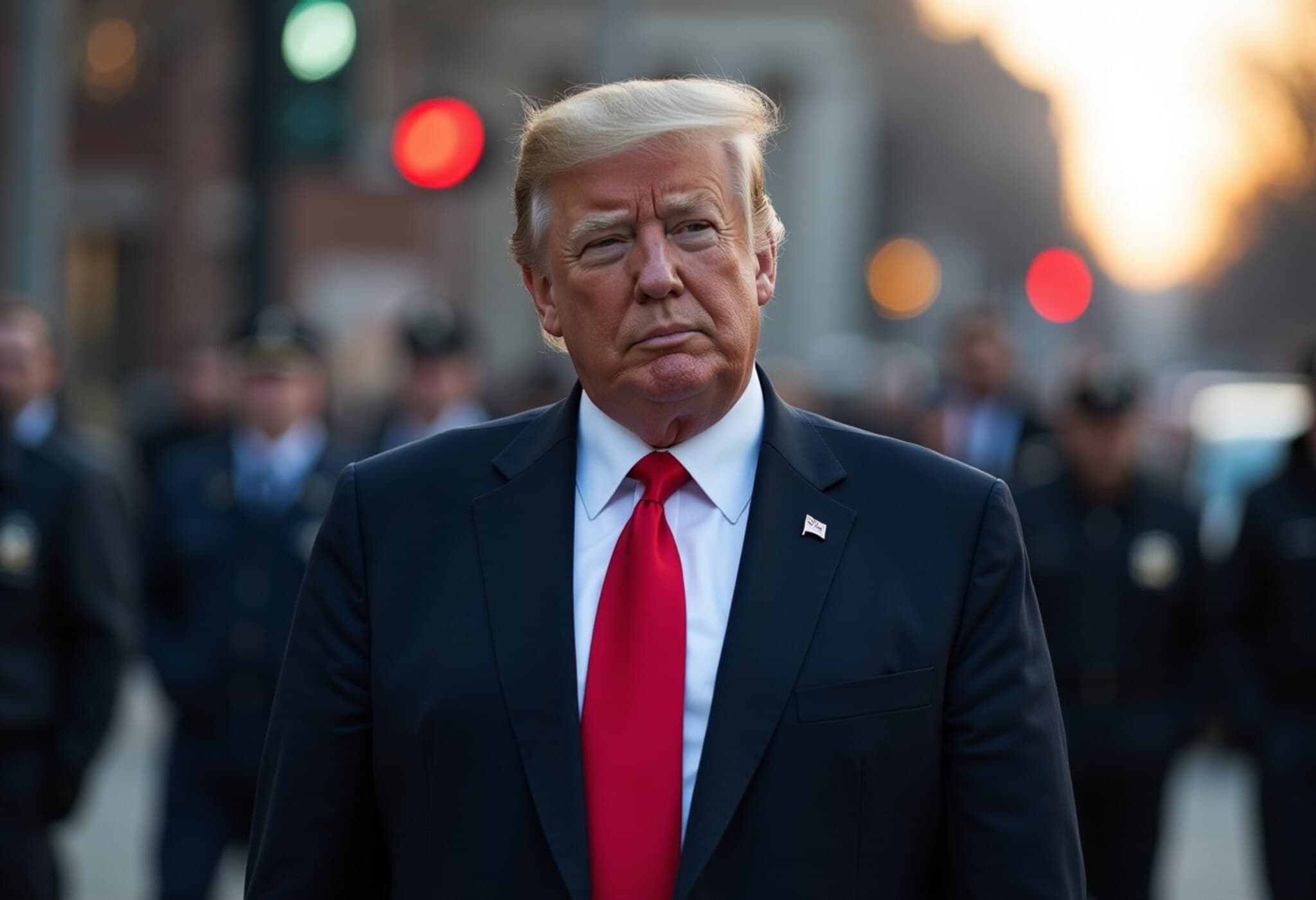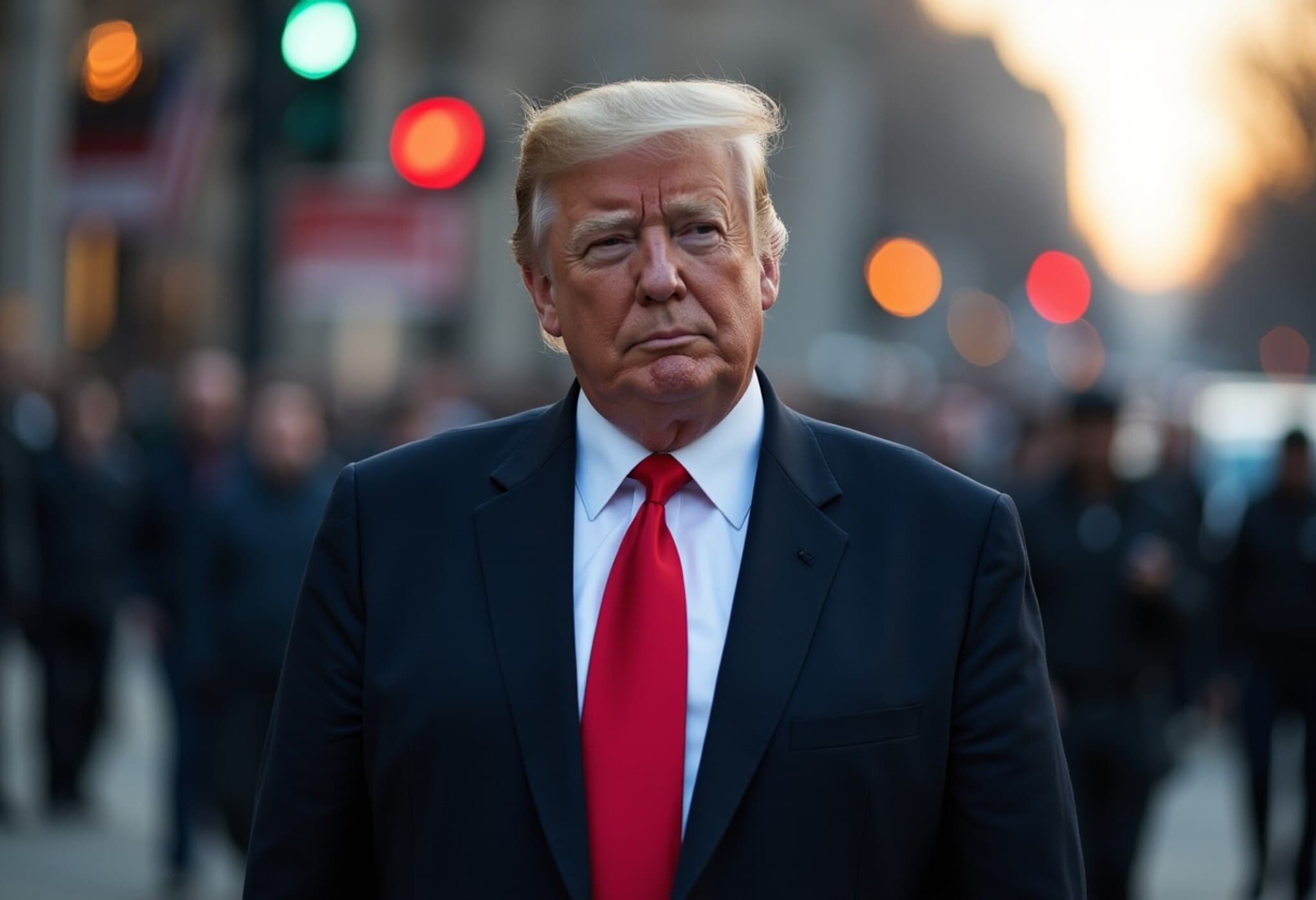Trump Announces Federal Control Over Washington DC Police in ‘Liberation Day’ Move
In an unprecedented move stirring intense debate, former US President Donald Trump declared a federal takeover of Washington DC’s police force, dubbing the effort “Liberation Day.” Announced at a high-profile press conference on August 11, 2025, Trump vowed to restore order to the nation’s capital by deploying federal agents alongside the National Guard to confront rising concerns over crime and homelessness.
What Trump Says Versus the Data on Crime in DC
Trump painted a grim picture of Washington DC, accusing local authorities of being soft on crime and pledging a tough crackdown that includes clearing homeless encampments and relocating some homeless individuals "far from the Capital." “We’re going to take our capital back,” he proclaimed, promising to make the city “safer and more beautiful than it ever was.”
However, official crime statistics tell a slightly different story. According to the Washington Police Department and corroborated by independent analysis from the Associated Press, violent crime in Washington DC declined between 2023 and 2024, gradually recovering after a pandemic-related spike. Indeed, the city has observed a 26% drop in violent crime year-over-year. Attorney General Pam Bondi echoed this progress by declaring, “Crime in DC is ending, and it’s ending today.”
Still, public perception diverges sharply from data. A Gallup poll shows that 64% of Americans believe crime increased nationwide in 2024, fueling political momentum behind Trump’s federal intervention.
The Incident That Fueled the Crackdown
Trump’s move came on the heels of a violent episode involving Edward Coristine, a Department of Government Efficiency (DOGE) staffer formerly known for efforts within Social Security Administration. Late one night near the DuPont Circle area, Coristine confronted about ten juveniles attempting a carjacking and was assaulted in the process. This incident has been cited by Trump and his supporters as emblematic of DC’s purported lawlessness.
Massive Federal Deployment: Who’s Involved?
The federal response is significant. Around 500 federal agents have been dispatched to Washington DC, with a force including:
- More than 100 FBI agents
- Approximately 40 officers from the ATF (Bureau of Alcohol, Tobacco, Firearms, and Explosives)
- Personnel from DEA, ICE, U.S. Marshals, Secret Service, and Department of Homeland Security
Combined with National Guard units, these forces have operational control aimed at restoring order and taking a hardline stance on issues such as crime and homelessness.
Political Pushback and Local Leadership Response
The federal intervention has met firm resistance from Washington DC’s elected officials. Mayor Muriel Bowser, representing a city known for its deep Democratic leanings, criticized the federal takeover as an overreach. She emphasized ongoing collaboration with federal agencies on shared priorities while calling comparisons of the city to dangerous, conflict-ridden zones “hyperbolic and false.” Today, she points to the 26% drop in violent crime as evidence of the city’s progress.
Homelessness and Fiscal Challenges: The Underlying Issues
Beyond crime, the Trump administration framed homelessness as a crisis demanding urgent action. The president ordered the immediate removal of homeless encampments from city streets but promised that displaced individuals would receive housing elsewhere. This approach raises complex questions about humane treatment, urban policy, and federal responsibility.
Washington DC’s unique political status plays a critical role here. Although it has home rule with an elected mayor and council, Congress retains budgetary control, limiting the city’s autonomy and complicating efforts at financial and policy reforms. Trump’s crackdown is politically aligned with his broader tough immigration and law enforcement stance, intersecting with local governance challenges.
Legal Basis: Section 740 of the DC Home Rule Act
Trump’s authority to commandeer Washington DC’s police stems from Section 740 of the District of Columbia Home Rule Act. This statute allows the president to assume control over the local police force during emergencies such as insurrections or when local officials cannot maintain law and order. However, this power is narrowly tailored to the police department and prescribes federal intervention only as a last resort to safeguard peace and safety in the capital.
Expert Analysis: What This Means for American Governance
Experts warn that this federal takeover, while legally permissible, sets a controversial precedent. Scholars of constitutional law debate the implications for home rule and local self-governance, particularly in a city governed largely by Democrats while the federal executive is Republican. The move risks deepening political polarization and may raise constitutional questions about federalism.
Moreover, urban policy analysts caution that focusing solely on enforcement without addressing underlying socio-economic drivers of crime and homelessness may offer only temporary relief. Sustainable solutions demand robust investments in affordable housing, social services, and community policing models that balance security with compassion.
Conclusion
As Washington braces for the unfolding effects of this federal takeover, the nation watches closely. Trump’s “Liberation Day” initiative highlights the precarious balance between federal authority and local autonomy, the power of perception in shaping public policy, and the complex challenges urban centers face in the 21st century.
Editor’s Note
This unfolding story in Washington DC invites critical reflection on how crime, homelessness, and governance intersect at America’s political heart. It raises urgent questions: How should federal power be exercised over local jurisdictions? Can law enforcement alone resolve deep-rooted urban problems? And how do public perceptions shape policy and national discourse in an increasingly divided country? As this dynamic situation evolves, readers are encouraged to consider the balance between safety, rights, and compassion in public policy.


